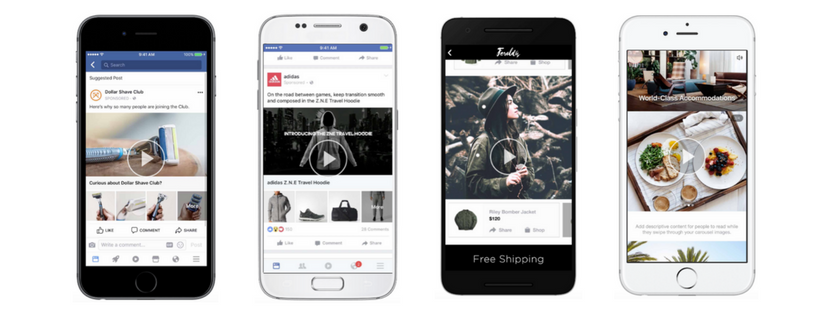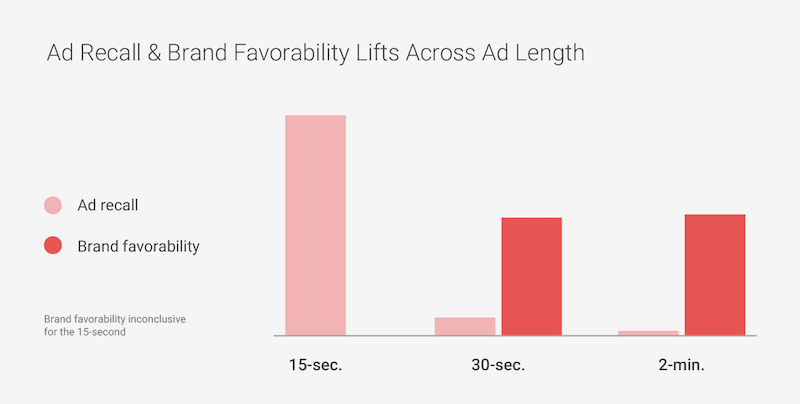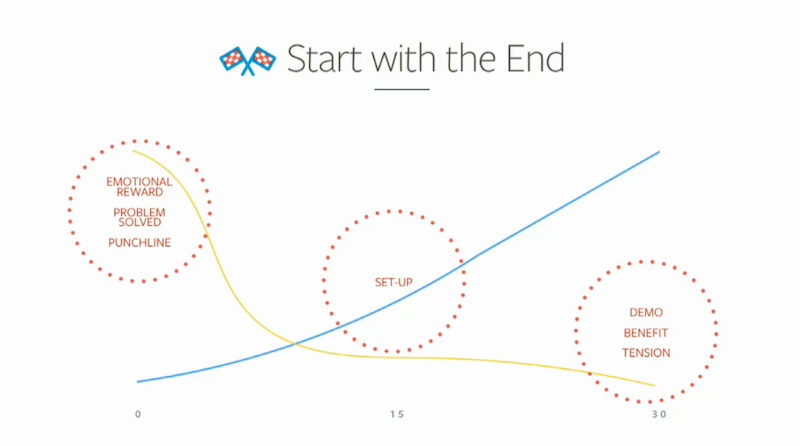Four Trends to Watch for in 2018
This past year we witnessed a sea of change occur in the world of marketing – people witnessed the true power of augmented reality, the walled gardens of social media grew higher, video lengths shuffled in flux, and talking to an omnipresent butler did not feel as remote as Star Trek. I would argue that 2018 is the year of adaptation and here are the four trends I'm predicting:

This past year we witnessed a sea of change occur in the world of marketing – people witnessed the true power of augmented reality, the walled gardens of social media grew higher, video lengths shuffled in flux, and talking to an omnipresent butler did not feel as remote as Star Trek. I would argue that 2018 is the year of adaptation and here are the four trends I'm predicting:
1) Attention will be Augmented
Despite popular belief, augmented reality has been around longer than Pokémon Go, yet this year was the first time Apple and Google democratized their phones with the likes of ARKit and ARCore, respectively. According to eMarketer, augmented reality users are expected to grow by 20% in 2018 and chances are it will remain a novelty until companies resurrect user-friendly versions of Google Glass.
.jpg)
So what is the main implication for brands? To answer this question we can review the rationale behind the IKEA Place app, which launched in September. As their press release highlights, “IKEA Place marks an important milestone in the IKEA digital transformation journey. IKEA is one of the first home furnishing brands in the world to bring this technology to people, shifting the way we purchase furniture in the future.”
What works well for the IKEA Place app is its ability to pull more than 2,000 products into your living room. What could improve is the spatial and interactive relationship the app currently offers. For example, what if the app could provide furniture recommendations based on the size of your room, or an augmented manual that can teach you how to assemble products?
2) Walled Gardens will Grow Higher
.png)
Historically, search has been addressed as the main channel your largest qualified audience would rely on. But as we've seen in the past few years, purchase intent on social media has been on the rise. According to Curalate, "social media content has become the new storefront, with 76% of U.S. consumers purchasing a product that they discovered in a brand’s social media post." This gradual shift could be attributed to a host of reasons, including Facebook’s evolving ad units, which house the entire consumer journey under one roof (e.g. FB Collections). While social commerce does not offer the same results as search, expect companies like Facebook to find more subtle ways to keep users in their walled gardens. You can check in, but you can never check out. Except when you click on ‘Learn More’ or 'Buy Now.'
3) Video will Need a Vision
In 2015 research from Google’s Unskippable Labs suggested that while ad recall was higher amongst 15 second videos, brand favourability grew significantly with videos that were longer.
.png)
Then in 2016 Facebook began a global crusade to educate us about the new story arcs on social media – a world where the frequency was up, the end was the beginning, and visual hooks were the solution to a boxing match with the consumer.
.png)
Fast-forward to Q4-2017 and we're all guilty of saying, "can we make it shorter?" But, are attention spans actually getting shorter? Much to the dismay of many, the stat about humans having shorter attention spans than goldfish is now debunked. Especially when you consider that in 2017 “Netflix members around the world watched more than 140 million hours per day.”
If 82% of the global internet traffic is expected to be dominated by video in just a few years, then relying on guidelines and measurements of success will not be enough to stand out of the crowd. With the avalanche of video formats that are about to surface in 2018, we need to revisit the art of storytelling. Even if it means providing sequential, and programmatic videos that are guided by a vision, rather than a stat. No one is more bullish on measurement and marketing models than myself, but if we have to dissect every aspect of creativity for validation then we run the risk of losing the art of storytelling to begin with. As Mark Twain once said,
“Explaining humor is a lot like dissecting a frog, you learn a lot in the process, but in the end you kill it.”
4) Voice will Get Louder
According to Mary Meeker's Internet trend report, between 2008 and 2016 Google's voice queries increased by 35X, with commands such as "call mom" and "navigate home" topping the list. Voice is here to stay and the race is on between Amazon and Google to prove who offers a better virtual assistant, especially when it comes to understanding intent. The best way I can explain "intent" is to show you this clip from Star Trek. Tom Paris orders tomato soup from the replicator. The AI responds, "There are 14 varieties of tomato soup available from this replicator" and begins listing them, one by one. After listening patiently to the AI, Paris reluctantly chooses "plain" to only be confronted with one more question. "Specify hot or chilled." Long story short, by the time Mr. Paris receives his soup he's frustrated and may have lost his appetite.

In 2018 incumbents will need to reverse engineer the likes of Alexa, if they have not already done so. Otherwise, they run the risk of being buried in AI responses and not having enough authority, or understanding of "intent" to rank for their own terms.
Those are just some of the 2018 trends I'm foreshadowing, but what about you? Like, share and comment with your own thoughts. The original post for this article can be found by clicking here.